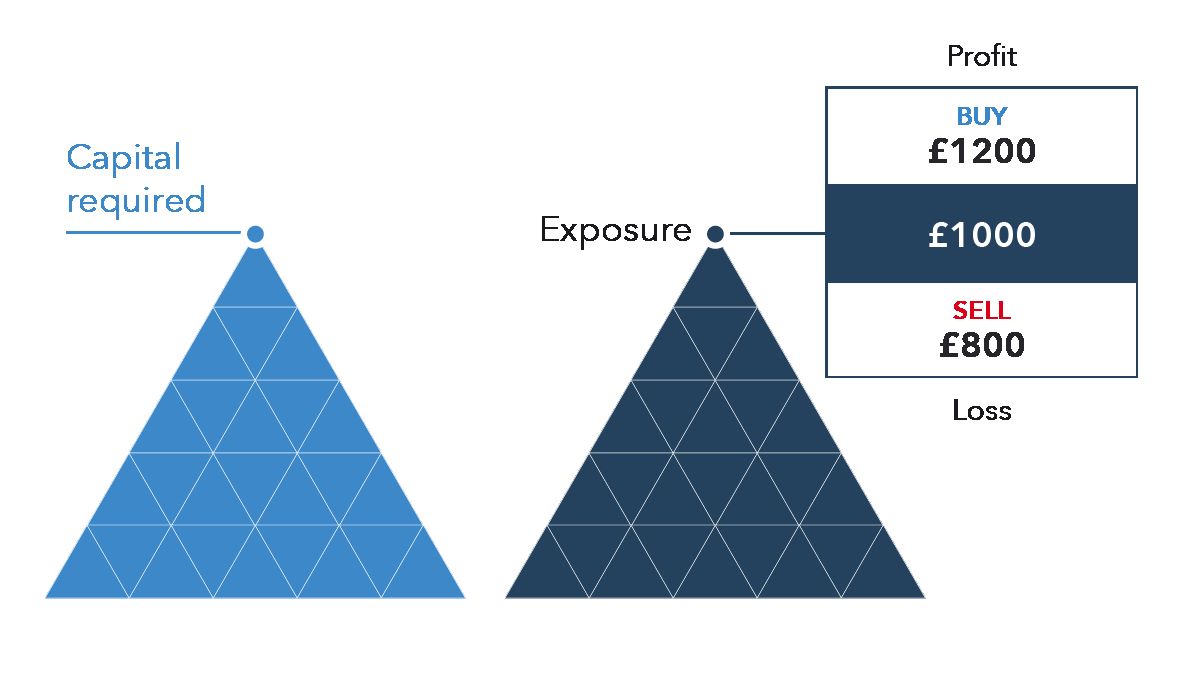

Finance
What Is Passive Money Management?
Published: February 28, 2024
Learn about passive money management and how it can help you achieve your financial goals. Explore effective strategies and tips for managing your finances wisely.
(Many of the links in this article redirect to a specific reviewed product. Your purchase of these products through affiliate links helps to generate commission for LiveWell, at no extra cost. Learn more)
Table of Contents
Introduction
Welcome to the world of passive money management, where financial success is achieved through a strategic and disciplined approach. In today's fast-paced and dynamic economic landscape, individuals are increasingly seeking reliable and low-maintenance methods to grow and safeguard their wealth. This is where passive money management comes into play, offering a prudent and hands-off approach to building financial security.
Passive money management encompasses a range of investment and financial strategies designed to minimize active participation while optimizing returns. Unlike active management, which involves frequent buying and selling of assets in an attempt to outperform the market, passive management focuses on long-term investment and steady growth. This approach is particularly appealing to individuals who prefer a more laid-back and less time-consuming approach to managing their finances.
With the rise of technological advancements and the availability of diverse investment vehicles, passive money management has garnered significant attention in recent years. It offers a compelling alternative to traditional, labor-intensive investment methods, providing individuals with the opportunity to achieve financial stability while maintaining a balanced lifestyle.
As we delve deeper into the realm of passive money management, we will explore its fundamental principles, benefits, and effective strategies. Whether you are a seasoned investor or new to the world of finance, understanding the nuances of passive money management can empower you to make informed decisions and cultivate a resilient financial future. Join us on this enlightening journey as we unravel the intricacies of passive money management and discover how it can revolutionize your approach to wealth accumulation and preservation.
Understanding Passive Money Management
Passive money management is a financial approach that prioritizes long-term investment strategies and minimal intervention in response to market fluctuations. At its core, this methodology emphasizes the cultivation of a diversified investment portfolio and the utilization of low-cost, low-maintenance investment vehicles, such as index funds and exchange-traded funds (ETFs).
One of the key tenets of passive money management is the belief in the efficient market hypothesis, which posits that asset prices reflect all available information and therefore cannot be consistently outperformed through active trading. As a result, passive money managers aim to replicate the performance of a specific market index rather than attempting to beat the market through frequent buying and selling of assets.
Central to the concept of passive money management is the notion of compounding returns. By maintaining a long-term investment horizon and consistently reinvesting dividends and interest, investors can harness the power of compounding to exponentially grow their wealth over time. This patient and steadfast approach to wealth accumulation aligns with the philosophy of passive money management, reinforcing the importance of discipline and resilience in the face of market volatility.
Moreover, passive money management encourages a hands-off approach to investment decisions, mitigating the emotional and psychological toll often associated with active trading. By minimizing the urge to react impulsively to market fluctuations, investors can avoid the pitfalls of market timing and instead focus on the enduring principles of asset allocation and diversification.
As we unravel the intricacies of passive money management, it becomes evident that this approach offers a prudent and sustainable path to financial prosperity. By comprehending the underlying principles and methodologies of passive money management, individuals can equip themselves with the knowledge and insight necessary to navigate the complexities of the financial markets and cultivate a resilient investment portfolio.
Benefits of Passive Money Management
Passive money management presents a myriad of compelling benefits that resonate with individuals seeking a reliable and low-maintenance approach to wealth accumulation and preservation. By embracing the principles of passive money management, investors can unlock a host of advantages that contribute to long-term financial success.
- Consistent Performance: Passive money management aims to replicate the performance of a specific market index, offering investors the potential for consistent, market-matching returns over the long term. This steadfast approach mitigates the uncertainty and volatility often associated with active trading, providing a stable foundation for wealth accumulation.
- Cost-Efficiency: Passive money management strategies typically involve low-cost investment vehicles, such as index funds and ETFs, which boast minimal management fees and expenses. This cost-effective approach maximizes returns by reducing the drag of fees on investment performance, ultimately bolstering the investor’s bottom line.
- Reduced Time Commitment: Unlike active management, which demands frequent monitoring and decision-making, passive money management requires minimal ongoing involvement. This hands-off approach liberates investors from the time constraints and stress associated with day-to-day market fluctuations, allowing for a more balanced and less demanding investment experience.
- Diversification and Risk Mitigation: Passive money management advocates for the cultivation of a diversified investment portfolio, spreading risk across various asset classes and market segments. This prudent allocation minimizes the impact of individual market movements on the overall portfolio, enhancing resilience and safeguarding against potential downturns.
- Emotional Discipline: By adhering to a passive investment strategy, individuals can sidestep the emotional rollercoaster often induced by market volatility and speculative trading. This disciplined approach fosters a long-term perspective, deterring impulsive decision-making driven by fear or greed, and promoting a more rational and composed investment mindset.
Through the adoption of passive money management principles, investors can harness these benefits to fortify their financial position and cultivate a sustainable pathway to long-term prosperity. By prioritizing consistency, cost-efficiency, and emotional discipline, passive money management empowers individuals to navigate the complexities of the financial markets with confidence and resilience.
Passive Money Management Strategies
Passive money management encompasses a spectrum of strategies designed to optimize long-term investment performance while minimizing active intervention. These strategies are rooted in the principles of diversification, cost-efficiency, and disciplined asset allocation, offering investors a prudent and sustainable approach to wealth accumulation.
One of the primary strategies employed in passive money management is the utilization of index funds. These funds aim to replicate the performance of a specific market index, such as the S&P 500, by holding a diversified portfolio of securities that mirrors the index’s composition. This strategy allows investors to gain exposure to a broad market segment while benefiting from low management fees and minimal portfolio turnover.
Exchange-traded funds (ETFs) also play a pivotal role in passive money management strategies. ETFs are investment funds traded on stock exchanges, providing investors with diversified exposure to various asset classes, sectors, or market indices. These funds offer flexibility, liquidity, and cost-efficiency, making them an attractive option for passive investors seeking broad market exposure with minimal ongoing management.
Asset allocation is another fundamental strategy within passive money management, emphasizing the distribution of investments across different asset classes, such as stocks, bonds, and real estate, to achieve a balanced and resilient portfolio. By diversifying across multiple asset categories, investors can mitigate risk and optimize returns, aligning with the core principles of passive money management.
Furthermore, the “buy and hold” strategy is integral to passive money management, advocating for a long-term investment horizon and a steadfast commitment to maintaining a well-structured portfolio. This approach discourages frequent trading in response to short-term market fluctuations, instead prioritizing the enduring benefits of compounding returns and disciplined investment persistence.
By integrating these passive money management strategies, investors can construct a robust and diversified investment portfolio that aligns with their long-term financial objectives. Through the judicious utilization of index funds, ETFs, strategic asset allocation, and a patient “buy and hold” mentality, individuals can navigate the complexities of the financial markets with prudence and resilience, positioning themselves for sustained wealth accumulation and financial security.
Conclusion
In conclusion, passive money management emerges as a compelling and sustainable approach to navigating the intricacies of wealth accumulation and investment growth. By prioritizing long-term strategies, cost-efficiency, and disciplined asset allocation, individuals can harness the benefits of passive money management to cultivate a resilient and prosperous financial future.
Through the lens of passive money management, investors gain access to consistent performance, cost-efficiency, reduced time commitment, diversification, and emotional discipline. These advantages form the bedrock of a sound and enduring investment approach, empowering individuals to weather market fluctuations and capitalize on the power of compounding returns.
Furthermore, the implementation of passive money management strategies, such as index funds, ETFs, strategic asset allocation, and the “buy and hold” mentality, equips investors with the tools necessary to construct a well-structured and diversified investment portfolio. This portfolio, characterized by its resilience and long-term focus, serves as a vehicle for sustained wealth accumulation and risk mitigation.
As the financial landscape continues to evolve, passive money management stands as a beacon of stability and prudence, offering individuals a pathway to financial security that aligns with their lifestyle and long-term objectives. By embracing the fundamental principles of passive money management, investors can navigate the complexities of the financial markets with confidence, resilience, and a steadfast commitment to long-term prosperity.
In essence, passive money management transcends the realm of investment; it embodies a philosophy of patience, discipline, and resilience, serving as a guiding light for individuals seeking a sustainable and low-maintenance approach to financial success. By embracing the ethos of passive money management, individuals can embark on a journey toward enduring wealth accumulation and financial security, underpinned by a strategic and steadfast investment mindset.














